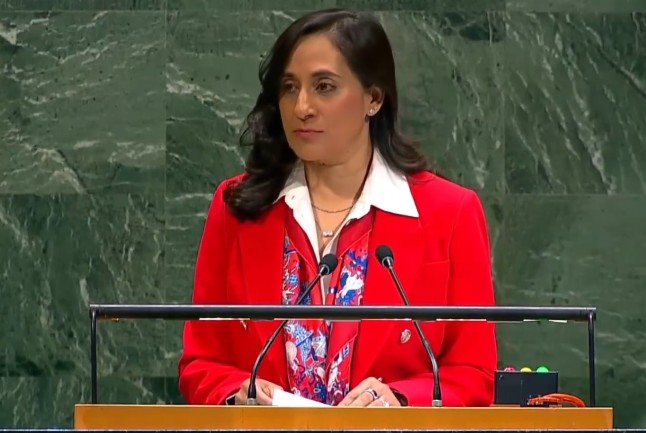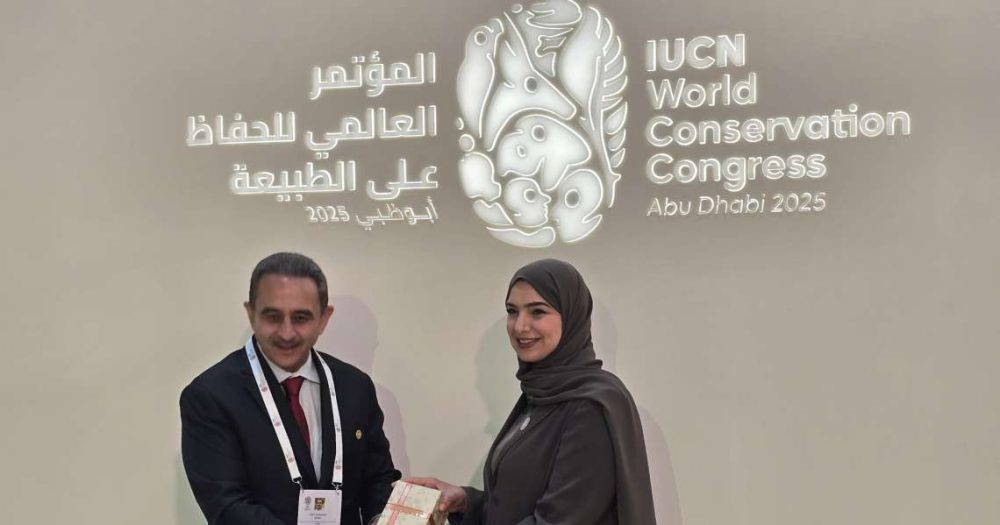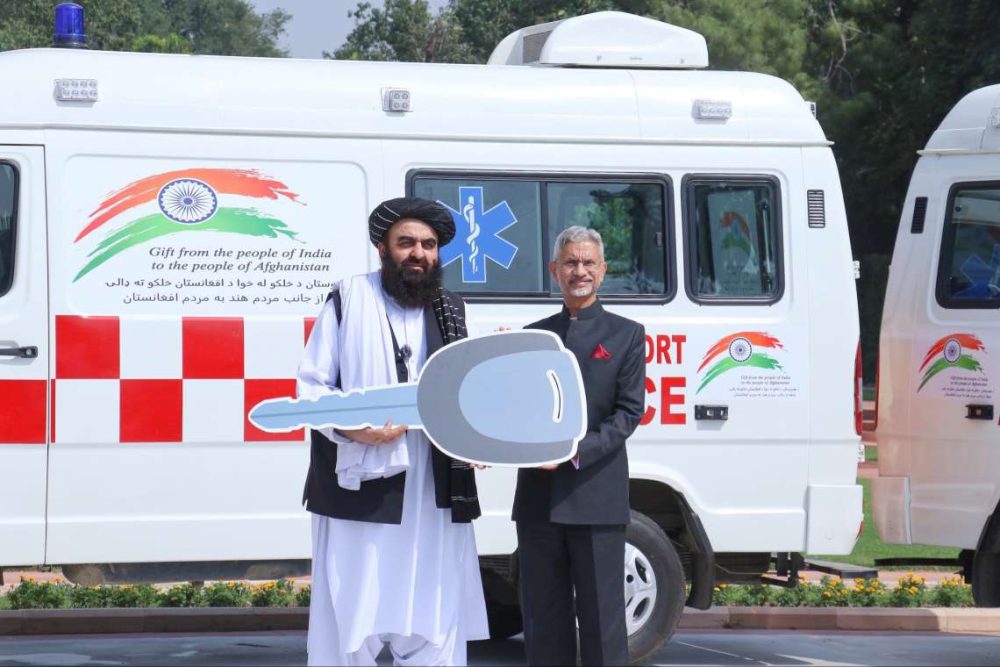The UK has successfully trialed high-altitude balloons which can conduct intelligence, surveillance and reconnaissance missions…reports Asian Lite News
The United Kingdom has made a significant leap in its defence capabilities with the successful trials of high-altitude balloons designed for intelligence, surveillance, and reconnaissance (ISR) missions. These uncrewed balloons, capable of operating at altitudes between 60,000 and 80,000 feet, offer a cost-effective alternative to traditional military aircraft and satellites, providing continuous surveillance and communications capabilities.
The trials, conducted earlier this year in South Dakota, USA, as part of Project AETHER, were led by UK company Voltitude in partnership with Landguard Systems (UK) and Aerostar (US). The balloons, each carrying an ISR payload of up to 3kg, demonstrated the ability to travel over 2,000 nautical miles and remain airborne for more than five days without maintenance. This endurance and altitude capability significantly exceed those of most military aircraft, positioning the balloons as a valuable asset for long-duration missions.
Minister for Defence Procurement and Industry, Maria Eagle, highlighted the innovation’s potential to give the UK Armed Forces a strategic edge. She noted that the technology could transform operations in complex environments, enhancing situational awareness and operational security while reducing maintenance needs. This aligns with the government’s Plan for Change, which aims to modernise and enhance national security capabilities.
“This innovation is about giving our Armed Forces the edge – better awareness, better communications, and lower maintenance needs – supporting the government’s Plan for Change. Stratospheric technology like this could transform how we operate in complex environments, keeping our people safer and better informed than ever before. This successful trial is another example of UK defence pushing boundaries, with real potential to strengthen our future capabilities,” said Eagle.
Beyond military applications, the balloons could provide critical support in disaster zones and remote areas with limited or no communication infrastructure. They can offer reliable communication and fast internet connections, aiding in humanitarian efforts and climate research. The balloons’ ability to gather meteorological data also makes them a valuable tool for weather forecasting and climate studies.
The Ministry of Defence is exploring future operational uses of the stratosphere, including vehicles capable of carrying higher payloads for mission durations of 6-12 months. This development marks a tangible step toward deploying a stratospheric ISR constellation, which could redefine the balance between cost, capability, and resilience in intelligence operations.
The successful trials have been hailed as another example of UK defence pushing boundaries, with real potential to strengthen future capabilities. The UK-developed technology represents a significant advancement in stratospheric surveillance platforms for defence applications, providing continuous ISR capability while maintaining remarkably low operating costs.
Head of UK Defence Innovation, Prove and Exploit team, James Gavin, emphasised that defence procurement is making strides in the innovation space, pushing the boundaries and scoping new technologies. These latest trials have been incredibly fruitful and pave the way for more collaborative work with allies to develop capabilities that will benefit the UK Armed Forces.
“Defence procurement is making strides in the innovation space and DE&S is looking more at the art of the possible, pushing the boundaries and scoping new technologies. These latest trials have been incredibly fruitful and pave the way for more collaborative working with our allies to develop capabilities that will benefit our Armed Forces,” said Gavin.
The use of balloons for information collection is not new, but the recent trials mark a significant advancement in their application for ISR and communications. The ability to sustain long-duration missions at high altitude may ultimately provide the UK with renewed strategic depth in the exploitation of the upper air domain.














